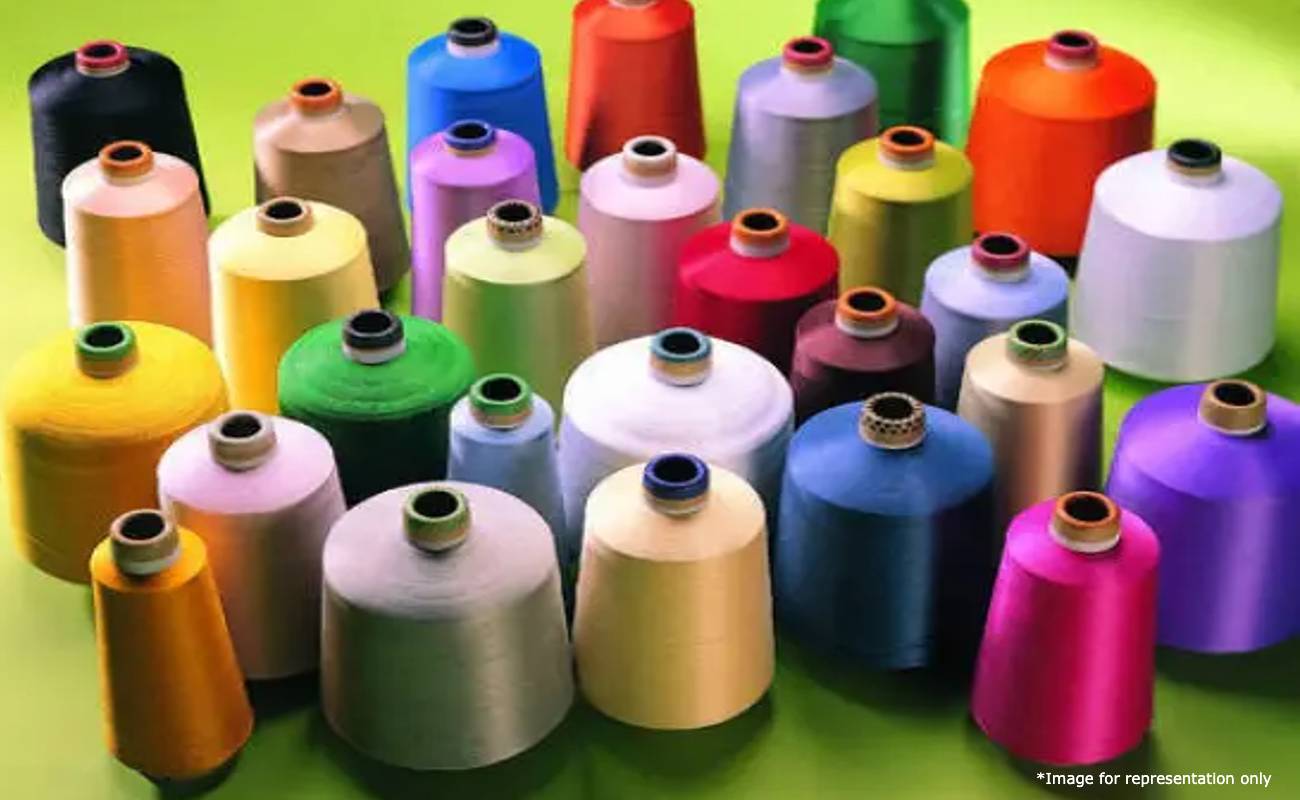Polyamide developments and selection criteria for different applications
Polyamide, also known as nylon, is a versatile and widely used engineering polymer that has been continuously developed over the years. The polymer is known for its excellent mechanical properties, high strength, and durability, making it an ideal material for a wide range of applications.
Recent developments in polyamide performance have led to the creation of new and improved materials that offer enhanced performance characteristics. One of the most significant developments in polyamide performance is the development of high-performance polyamides (HPPA). HPPAs are a new class of polyamides that have been developed to improve the strength and stiffness of the material, making it suitable for use in high-performance applications such as gears, bearings, and other mechanical parts.
Another significant development in polyamide performance is the development of glass-fiber reinforced polyamides (PA6-GF). These materials have been developed to improve the stiffness and strength of polyamide, making it suitable for use in high-stress applications such as automotive and aerospace parts.
Additionally, polyamide materials have been developed with improved wear and abrasion resistance, flame retardancy, and UV resistance. These new polyamide materials have been specifically designed to meet the requirements of specific applications, such as automotive and aerospace parts, electrical components, and industrial applications.
Polyamide performance has been continuously developed over the years, leading to the creation of new and improved materials that offer enhanced performance characteristics. These new polyamide materials have been specifically designed to meet the requirements of specific applications, making them suitable for use in a wide range of industries.
SELECTION
When it comes to selecting a material for your product, polyamide, also known as nylon, is a popular option due to its excellent mechanical properties, high strength, and durability. However, with different types of polyamide available, it can be difficult to determine which one is the best fit for your application.
The first step in selecting the right polyamide is to identify the specific properties required for your application. For example, if your product needs to be able to withstand high temperatures, a heat-resistant polyamide such as PA6T may be a good choice. If your product needs to be lightweight and have high strength, then a glass-fiber reinforced polyamide such as PA6-GF may be a better option.
Another important consideration when selecting a polyamide is its chemical resistance. Some polyamides are more resistant to chemicals than others, so it's important to select a material that can withstand the specific chemicals that your product will be exposed to.
When it comes to cost, polyamide can vary in price depending on the type and grade of the material. It's important to consider your budget when selecting a polyamide and to choose a material that fits within your budget.
Finally, it's important to consider the recyclability of the polyamide material you choose. Some polyamides can be recycled easily, while others are not as easily recyclable. This can have an impact on the environmental impact of your product and should be considered when selecting a polyamide.
In summary, selecting the right polyamide for your application requires careful consideration of the properties and characteristics required for your product. It's important to consider factors such as temperature resistance, chemical resistance, cost, and recyclability when selecting a polyamide. It's also essential to consult with a materials expert who can help you select the right polyamide for your application.

